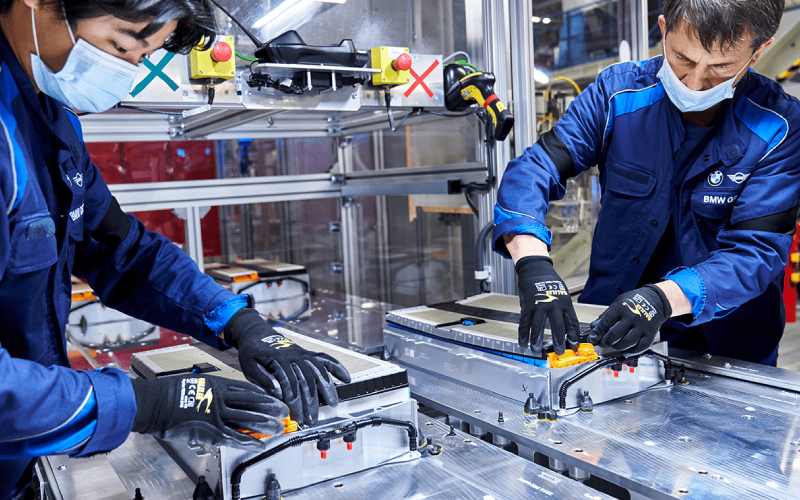In July, the Council adopted a new Battery Regulation that strengthens sustainability standards for batteries and their waste.
The Regulation will govern the entire lifecycle of batteries, from production to reuse and recycling, ensuring they are safe, sustainable, and competitive.
“Competition thrives when there are clear rules. The Regulation indeed provides a stable regulatory framework that will help businesses operate in the EU market,” says Pau Sanchis, Senior Policy Manager at EuroBat.
The Regulation of the European Parliament and the Council will apply to all batteries, including waste from batteries and portable batteries for electric vehicles, industrial, starting, ignition, or lighting, and for light transport.

The legislation also regulates the lifecycle of batteries, from material sourcing to battery recycling and end-of-life.
It introduces the much-needed clarity for battery operators and aims to establish a level playing field between batteries manufactured in Europe and those made elsewhere.
“The legislation should be considered in the context of other policy initiatives, including the Critical Raw Materials Law and the Net Zero Emissions Industry Law,” explains Sanchis.
These initiatives intend to facilitate the production of domestic batteries in the European Union.
Recovering lithium from battery waste
The Regulation sets a target of recovering lithium from battery waste at 50% by the end of 2027 and 80% by the end of 2031.
This target can be adjusted through delegated acts based on market conditions, technological advancements, and lithium availability.
“One of the challenges of the legislation, both for lithium and other raw materials, is the higher rates of collection and recycling,” emphasizes the Policy Manager.
But he adds, “While material circularity is crucial for improving battery industry sustainability standards, the technology and investment scale needed to achieve these rates are not yet available.”
The EU aims to mitigate dependence on third-party raw materials in the future, and increasing mining production is one possible way to achieve this goal.
However, geology cannot be changed, and the EU battery industry is “realistic” about the scarcity of battery raw material resources.
“As an industry, we support high collection and recycling rates and have an excellent track record with lead, and we call for increased support for research and development and the expansion of recycling capacity,” clarifies Sanchis.
He concludes by saying, “One thing we must invest in is undoubtedly the refining capacity of these raw materials.”
Other regulations in the legislation
The Regulation sets waste collection targets for portable battery or battery producers (63% by the end of 2027 and 73% by the end of 2030).
It also introduces a specific collection target for light transport battery waste (51% by the end of 2028 and 61% by the end of 2031).
The recycling efficiency target is set at 80% for nickel-cadmium batteries by the end of 2025 and 50% for other battery waste by the end of 2025.
The Regulation stipulates that, by the end of 2027, portable batteries integrated into devices must be removable and replaceable by the end user and allows operators sufficient time to adapt their product designs to this requirement. This provision is significant for consumers.
Light transport batteries must be replaceable by an independent professional.
The new rules aim to improve the functioning of the internal market for batteries, ensuring fair competition through safety, sustainability, and labeling requirements.
These objectives will be achieved through performance, durability, and safety criteria, strict restrictions on hazardous substances such as mercury, cadmium, and lead, and mandatory information on the carbon footprint of batteries.
The Regulation also introduces labeling and information requirements for battery components and recycled content, among other things, as well as an electronic “battery passport” and a QR code.
Read more: Tata Motors will invest more than 4.6 billion in its gigafactory for batteries in UK





